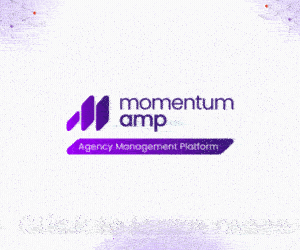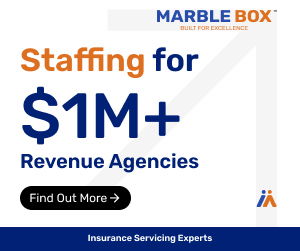Insurance agency mergers and acquisitions (M&A) cooled for the third straight year in 2024, according to new reports. Three multi-billion dollar deals made the most news.
M&A firm OPTIS Partners reported that there were 750 total deals for the year. That number was down from 833 in 2023 and from 1,108 in 2021, the busiest year on record. Of those deals, 699 were in the retail, wholesale, and third party administrator (TPA) category. That volume was also a decline from 2023’s figure of 755. Total deal volume was 15% below the previous five-year average.
The pace of deals in the fourth quarter also slowed. There were 16% fewer than there were in the same period of 2023 and 30% fewer than the previous five-year average.
The buyers who had historically been most active became less so in 2024. OPTIS said that eight buyers accounted for 42% of the deals in the previous 10 years. Between 2017 and 2019 they made almost half the deals. Last year, their share was only 36%.
The three big deals involved large brokerages gobbling up other large brokerages. AON bought NFP, Gallagher bought Assured Partners, and Marsh purchased McGriff Insurance Services. Those deals alone are valued at a combined $34.2 billion.
OPTIS said that the 2024 record points toward increasing industry consolidation, with fewer buyers purchasing a large volume of sellers. They expect this trend to slow but continue. It is increasingly likely that an agency selling three years from now will merge with a larger player rather than a smaller competitor in the same city.
As of this writing, there have been no published reports on how agency purchase prices fared in 2024. However, in the first quarter of the year prices expressed as multiples of EBITDA (earnings before interest, taxes, depreciation, and amortization) were down only slightly, from 11.6 times EBITDA to 11.5. It seems unlikely that they declined significantly more the rest of the year.
Industry consulting firm Agency Focus predicts that the gap between agencies that command high multiples and those with weaker ones will widen in 2025, based on performance, risk, and transferability.
Uncertainty about the future of the U.S. economy is weighing on the M&A market. The Federal Reserve reduced interest rates in 2024, though at a slower pace than many observers predicted. Consumer inflation, while far below its 2022 peak of 9.1%, remains stubbornly above the Fed’s target of 2%. The rate was at 2.7% and 2.9% in November and December of 2024. In response, the Fed paused its interest rate cutting efforts. In general, lower interest rates drive higher M&A activity because the cost of borrowing is lower.
In addition, many of the 2017 tax cuts are due to expire this year. Extending them may increase the rate of economic growth but could also add to inflation and federal government budget deficits if the Trump administration does not cut reduce spending. The labor shortages may potentially increase inflation. U.S. unemployment rates remain at historically low levels, leaving little slack should the labor force shrink.
The M&A market ran red hot for so long that some cooling was inevitable. However, agency owners should have no trouble finding potential buyers. “The industry continues to have an ample inventory of firms that will sell over the next 10 years,” the OPTIS report maintained, “and there is no diminution of capital looking to invest in the industry.” With a slowdown of agencies for sale in the past few years, it’s possible that as the markets normalizes, more agency owners will be open to putting their agency on the market.












